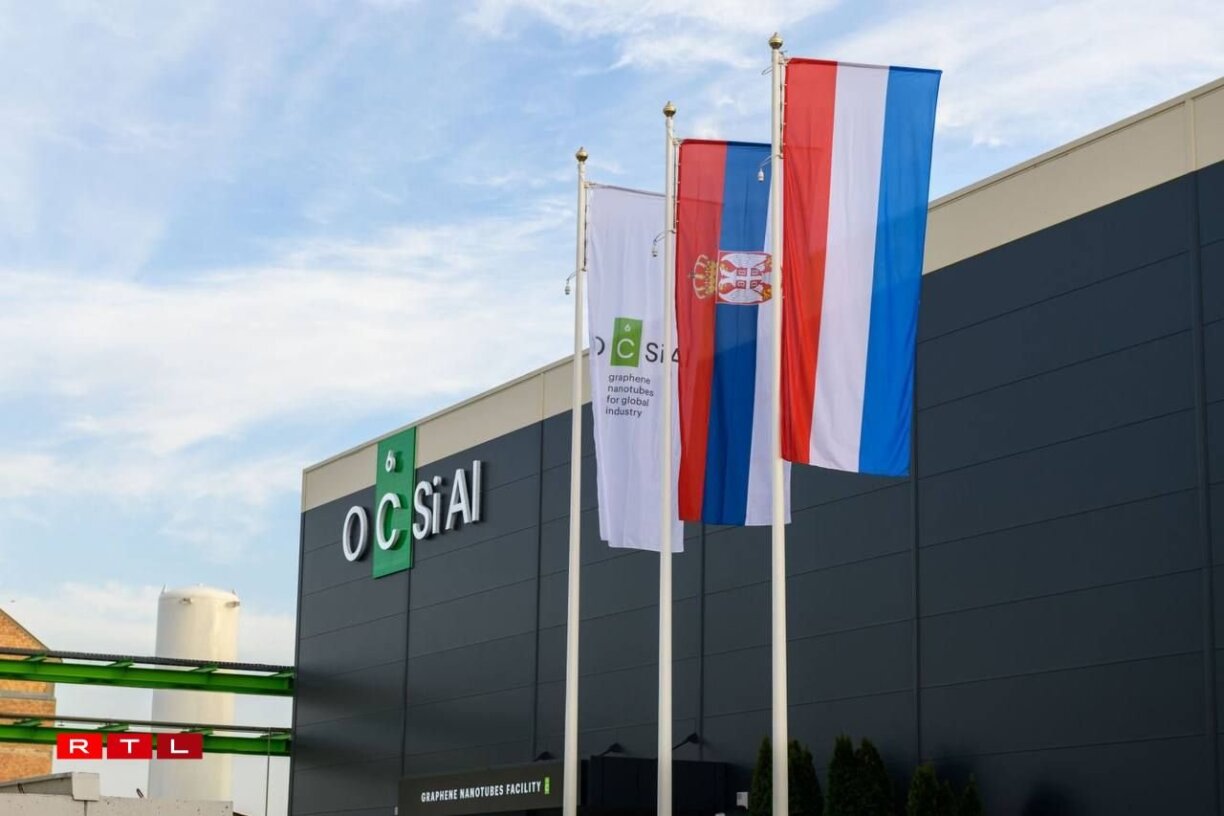
Luxembourg-based nanotechnology firm OCSiAl has finalised a $300 million investment to establish the world’s largest production centre for graphene nanotubes in Differdange. The project, which aims to position Europe at the forefront of advanced materials innovation, is expected to create more than 300 new jobs in its initial phase.
The long-planned project has now moved forward following the successful closure of a recent investment round with Luxembourgish investors and, crucially, the signing of a land contract between the Luxembourg state and OCSiAl for a 3.63-hectare plot in the south of the country.
Minister of the Economy Lex Delles stated that the future site “perfectly illustrates our ambition to position Luxembourg as a key player in industrial innovation in Europe.” He emphasised that the investment demonstrates confidence in the national ecosystem and its potential for high-tech industry. “We are proud to support OCSiAl in this strategic step, which will contribute to the creation of skilled jobs, Luxembourg’s reputation in the deep-tech sector, and the transition to a more sustainable and competitive industry”, Delles said.
Echoing this sentiment, Minister of Finance Gilles Roth noted, “OCSiAl’s investment underscores Luxembourg’s role as a platform for long-term innovation and smart industrial development. This project reflects the value of combining private sector vision with public infrastructure support.”

Founded in Luxembourg in 2010, OCSiAl is the global leader in manufacturing graphene nanotubes, a material that enhances the performance of various products. While production is currently exclusive to its facility in Serbia, this is set to change with the construction of the Differdange site. Production at the new facility is scheduled to be gradually scaled up between 2028 and 2030.